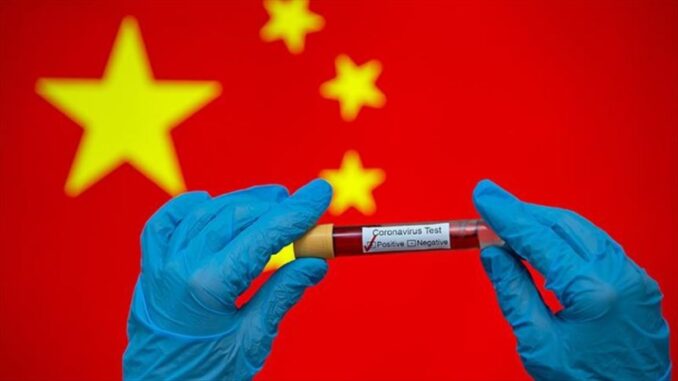
SUN Xi
On 8th September 2020, China held a national ceremony to honor those heroes fighting against the COVID-19 epidemic at the Great Hall of the People in Beijing, where President Xi Jinping delivered a speech applauding China’s triumph.
The COVID-19 epidemic was considered a major public health emergency with the fastest spread, the widest range, and the hardest prevention and control measures since the founding of the People’s Republic of China in 1949.
However, China successfully contained it in just three months, while many other countries are still in desperate struggles. How could China make it? There were three key pillars underpinning its success, namely strong leadership, a comprehensive mechanism, and broad support.
First, strong leadership ensured the right direction and strategy in the COVID-19 war. Although some may not be willing to admit, there is no doubt that the strong leadership was from the Communist Party of China (CPC) with President Xi Jinping as the core. To study the epidemic, 21 ad-hoc meetings were convened at the Party’s top decision-making body.
Premier Li Keqiang was appointed to head the Leading Group of the CPC Central Committee on the Response to the COVID-19 Outbreak. The CPC Central Committee also sent a dedicated Central Guidance Group (CGG) led by Vice Premier Sun Chunlan to Wuhan city and Hubei province. From 27th January to 27th April, the CGG stayed in the epicenter for three months and directly steered the battle on the frontline. More than 4.6 million grassroots party organizations led the fights on the ground across the country.
In comparison, the US has become the worst-hit country by the COVID-19, because there is almost “no leadership” on how to combat the epidemic under the Trump administration.
Second, only a comprehensive mechanism could fully cope with the COVID-19 crisis. The COVID-19 is not only a serious public health issue, but also a complex economic, social, and political problem, which needs systematic responses. In January, China set up the Joint Prevention and Control Mechanism of the State Council (JPCMSC) at the central government level, consisting of 32 agencies and covering disease prevention and control, scientific research, publicity, foreign affairs, logistics support, and frontline work.
Under the JPCMSC, the whole Chinese society was mobilised and integrated into the centralized mechanism. Local governments, communities, enterprises, hospitals, research institutions, schools, military forces, and NGOs not only performed their own duties but also cooperated with one another smoothly. One outstanding evidence of the effectiveness of such comprehensive mechanism is that two makeshift hospitals (Huoshenshan and Leishenshan) and 16 mobile cabin hospitals were built within just a couple of days. China also established a seamless and effective process to find and test, isolate, and treat COVID-19 cases.
Third, without broad support, the COVID-19 battle would have lost its ground. The COVID-19 battle ought to be a “people’s war” in which everybody must play a role. Mask-wearing, social distancing, self-isolation, and quarantine are effective ways to reduce the COVID-19 spread. However, those practices need individual’s discipline to fully obey, but are seen against so-called “personal freedom” especially in the West.
With the understanding and cooperation from 1.4 billion Chinese people, Chinese government was able to implement the most comprehensive, the strictest and the most thorough prevention and control measures to battle the epidemic. By contrast, many western countries have been facing policy failure as their residents are not so supportive.
Especially, if without the broad support from the whole nation and overseas Chinese, the epicenter Wuhan would have not recovered so quickly. When Wuhan was devastated by the COVID-19 outbreak, over 40,000 medical workers across China and numerous personal protective equipment (PPE) mainly donated by overseas Chinese were generously sent to the city. Besides government aid, Chinese people voluntarily supported one another during such crisis.
From the chaotic panic to the comprehensive response and systematic recovery, China has demonstrated its remarkable resilience, adaptability, resourcefulness, and self-reliance. Dr Bruce Aylward, who led a World Health Organization team to China, stressed that the country’s counterattack can be replicated, but it will require speed, money, imagination and political courage. Unfortunately, many countries lack them.



